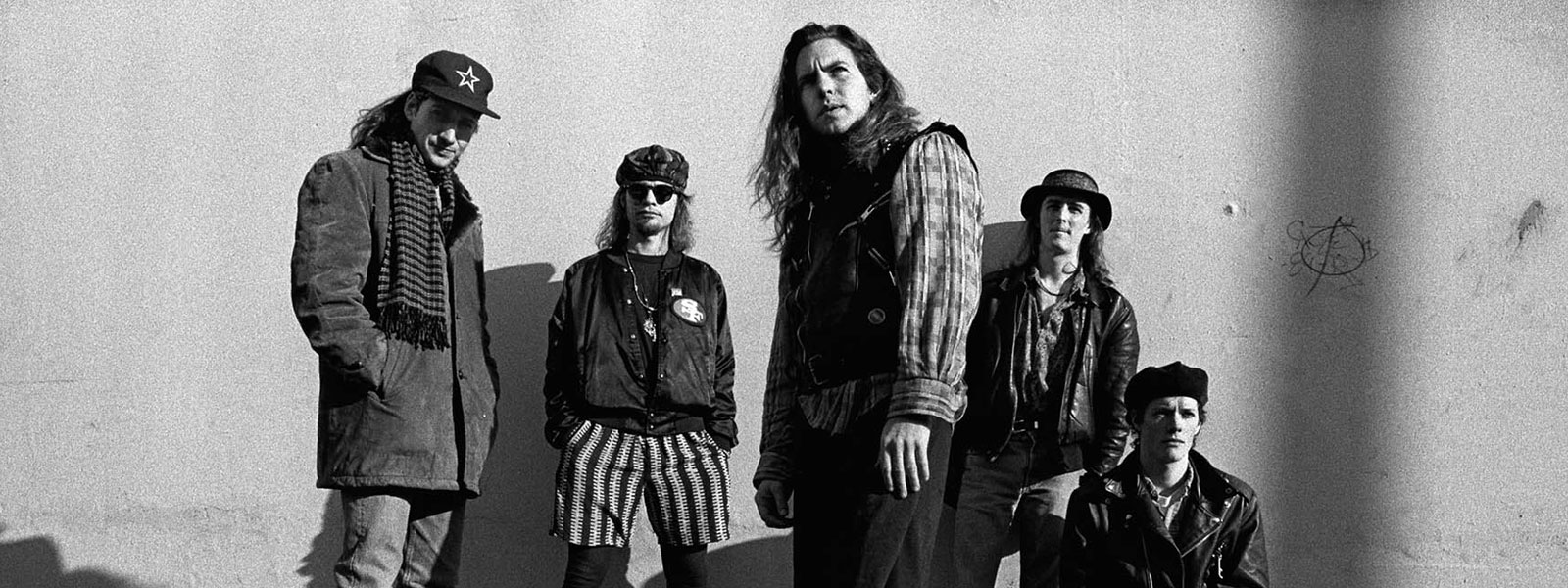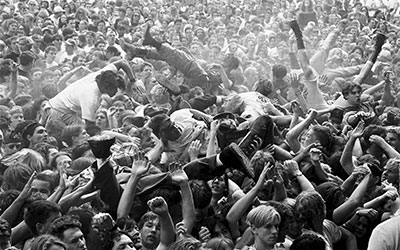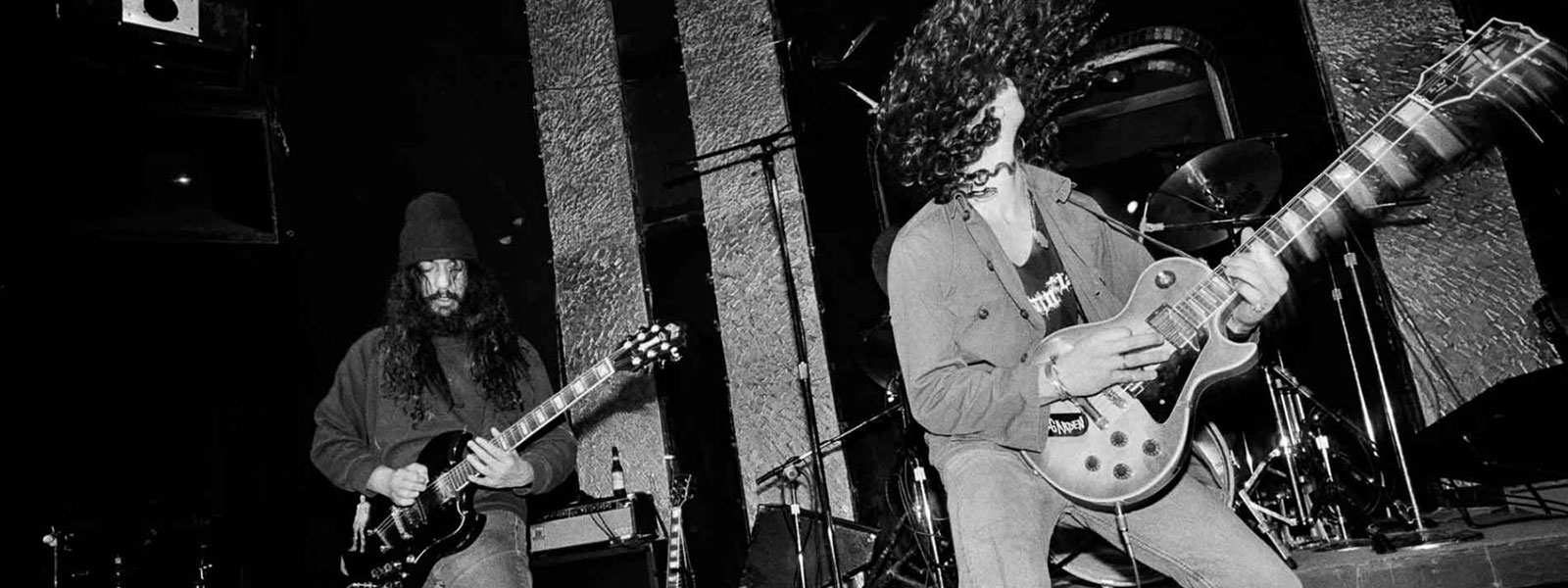All your lies: myths of the northwest music scene
Was Pearl Jam part of the birth of grunge? Was Nirvana's worldwide popularity inevitable? Did Kurt Cobain's death signified the end of northwest music? We explore some of the myths around the northwest music scene.
There is so much misinformation about the northwest music scene. Some of it -- Pearl Jam's name origin, Kurt Cobain's name spellings, Tad Doyle's lumberjack persona -- were actively spread by people involved in the scene, either as a joke or as intentional deception. The rest of it was a result of the desire to create a northwest music "narrative," an inability to distinguish between truth and lies, or a general misunderstanding of what was really going on in the pacific northwest.
Myth: The release of “Ten” and “Nevermind” signified the birth of grunge.
When first applied to the Seattle music scene, “grunge” was a descriptor for bands that played slower, more dirgy, muddled rock. Seattle bands in the mid- to late-80s like Mudhoney, early Soundgarden, the U-Men, Green River, early Nirvana, the Melvins, Blood Circus, and many of the Deep Six/Sub Pop 200 bands. Many of these bands were on Sub Pop or C/Z and many of them were produced by Jack Endino and photographed by Charles Peterson.
However, by 1990, most of these bands had broken up, or in the cases of Soundgarden or Nirvana, started moving in a different creative direction. By this time, most locals thought the grunge wave had passed.
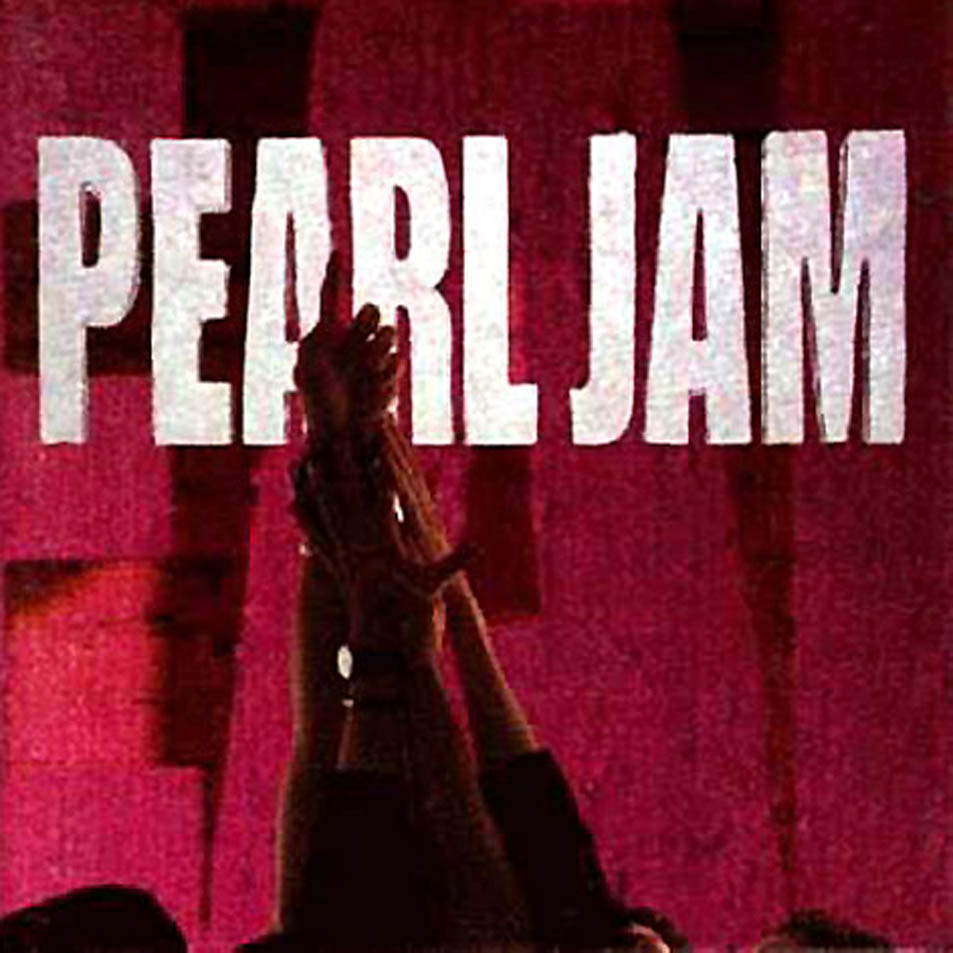
Ten was one of the most successful albums of the "grunge" era. It was far from the first, however.
Ten was released on August 27, 1991, and Nevermind was released less than a month later. Although neither of these albums sounded like what “grunge” was in the 1980s, both albums were still tagged with the label. “Pearl Jam was lumped into grunge,” Pearl Jam guitarist Stone Gossard said, “but it was never really a grunge band.”
By 1992, Pearl Jam and Nirvana were two of the biggest bands on Earth, with nothing much in common other than residence in Washington state. But since they were among the first bands to make it big in 1990s Seattle, so many outsiders incorrectly looked at this time as the beginning of the grunge era, forgetting nearly a decade of music development. While there is no true start date for the whole Seattle grunge scene, a more accurate argument could be made for the release of the Deep Six album as the genesis of the “Seattle sound.”
If anything, 1991 was closer to the end of “grunge” than the beginning.
Myth: Every band in Seattle played “grunge.”
Many fans and members of the media outside the pacific northwest bought into the idea of a singular “Seattle Sound” in which longhaired (male) musicians played loud music in small dingy clubs like The Central or The Off-Ramp. But Seattle (and the northwest region as a whole) always had a very diverse music scene, even during the so-called “grunge years.” Author Steven Tow notes in his book, The Strangest Tribe, that most bands in the region didn’t even play what was once-considered grunge after 1990. Bands like Built to Spill, the Posies, the Walkabouts, the Squirrels, Girl Trouble, Flop, Sleater-Kinney or Gas Huffer would not be confused with bands of the 1980s or 1990s definition of grunge.
Even among bands who were lumped into the grunge category, there wasn’t really a similar sound. Pearl Jam and Nirvana both hit it big around the same time and other than being from the same geographical region, they really didn’t sound anything alike.
Myth: The northwest music scene was overwhelmingly male.
It’s true that the “big four” Seattle bands — Nirvana, Soundgarden, Pearl Jam, Alice in Chains — were all male. And most bands of the region were made up of male members.
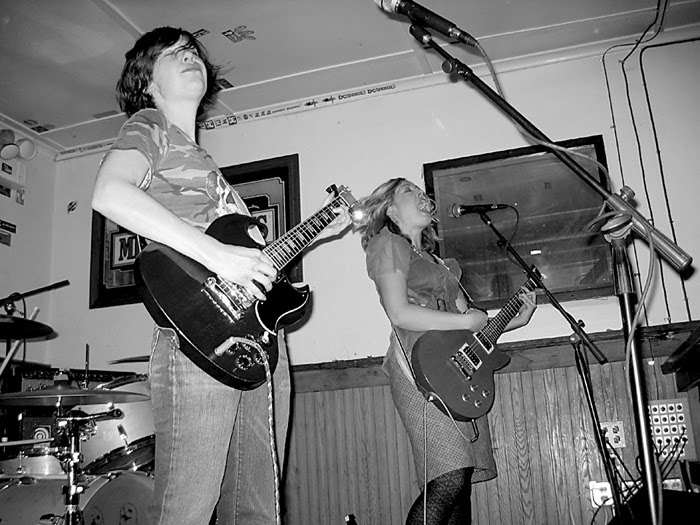
Sleater-Kinney from Portland, Oregon
But that is not to say that there wasn't a significant amount of female artists within the scene. Kim Warnick and Lulu Gargiulo were performing as part of the Fastbacks as early as 1979. 7 Year Bitch was an all-female group, and Hammerbox, the Gits, and the Spinanes were all led by female singers. The Walkabouts and Beat Happening both had prominent female members. And of course, there were the riot grrrl bands, including Bikini Kill, Bratmobile and Sleater-Kinney.
What’s true is that the Seattle/”grunge” bands that got big were male, but there was no shortage of talented female musicians in the Pacific Northwest.
Myth: From the start, everyone knew Nirvana was destined for stardom.
You might have heard the tale of Jack Endino being so impressed by Nirvana after recording their first demos that he immediately took the tape to Sub Pop to encourage the label to sign the band. His fondness for Nirvana, however, wasn’t universally shared at the time. Many local concertgoers were unimpressed by their first shows; famed grunge photographer Charles Peterson even said he didn't bother taking photos of their first show, because he thought they sucked.

When Nirvana was playing shows to crowds of 20 people, not even Nostradamus could have predicted them being the biggest band in the world.
For a couple years, Nirvana was more of an opening band than a headliner, opening for bands like the Melvins, Mudhoney and Blood Circus. In the late 80s, TAD and Mudhoney were among a number of local bands all considered more likely to break into the mainstream than Nirvana, though Nirvana would be one of the first to be picked up by a major label.
Geffen didn’t really know what they had either when they signed Nirvana. Originally, the label only pressed 50,000 copies of Nevermind, with hopes that it might sell about 250,000 units or maybe even be certified Gold at some point. Of course, when “Smells Like Teen Spirit” was released, it made Nirvana the most popular rock band on earth. And although many people thought some sort of commercial success was in their future, no one saw this coming.
The northwest music scene was fascinating in its own right. There was never a need to make up a myth then and no need to propagate it now.
